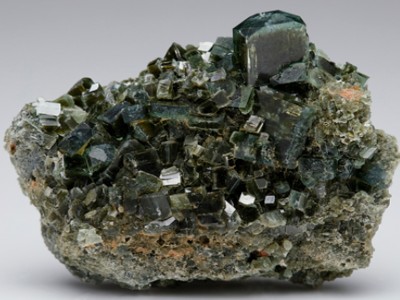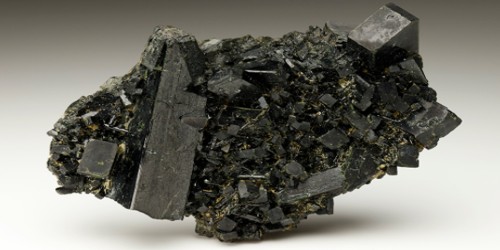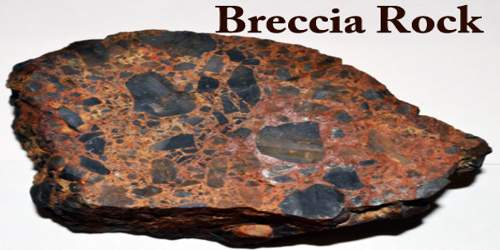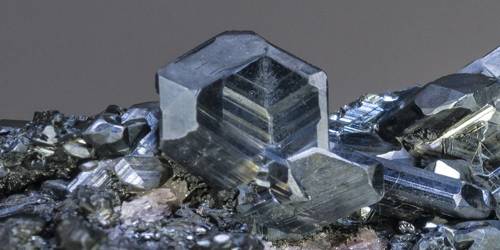Hedenbergite, CaFeSi2O6, is the iron rich end member of the pyroxene group having a monoclinic crystal system. It is a rock-forming mineral in several metamorphic rocks, especially contact metamorphic rocks and skarns. It is also found in some igneous rocks and ore bodies.
It was named in 1819 after M.A. Ludwig Hedenberg, who was the first to define hedenbergite as a mineral. The mineral is extremely rarely found as a pure substance and usually has to be synthesized in a lab.
General Information
- Category: Pyroxenes
- Formula: CaFeSi2O6
- Crystal system: Monoclinic
- Crystal class: Prismatic (2/m) (same H-M symbol)

Fig: Hedenbergite (pyroxene group)
Properties
Hedenbergite is a part of a pyroxene solid solution chain consisting of diopside and augite and is the iron rich end member. Color varies between black, greenish black, and dark brown with a resinous luster. It is found primarily in metamorphic rocks.
- Formula mass: 248.09 g/mol
- Color: brownish green, black
- Crystal habit: massive, prismatic crystals
- Fracture: Irregular
- Tenacity: Brittle
- Mohs scale hardness: 5.5 – 6.5
- Luster: Vitreous, dull
- Streak: white, gray
- Diaphaneity: Transparent-Opaque
- Density: 3.56 g/cm3
Occurrences
Hedenbergite can be found in skarns. A skarn is a metamorphic rock that is formed by the chemical alterations of the original minerals by hydrothermal causes. It is a lime-iron variety of pyroxene, occurring in crystals and in lamellar masses of a black or blackish-green color at Tunaberg in Sweden, and elsewhere.
They are formed by large chemical reactions between adjacent lithologies. The Nickel Plate gold skarn deposit of the Hedley District in southern British Columbia is characterized by hedenbergitic pyroxene.
Information Source:
















